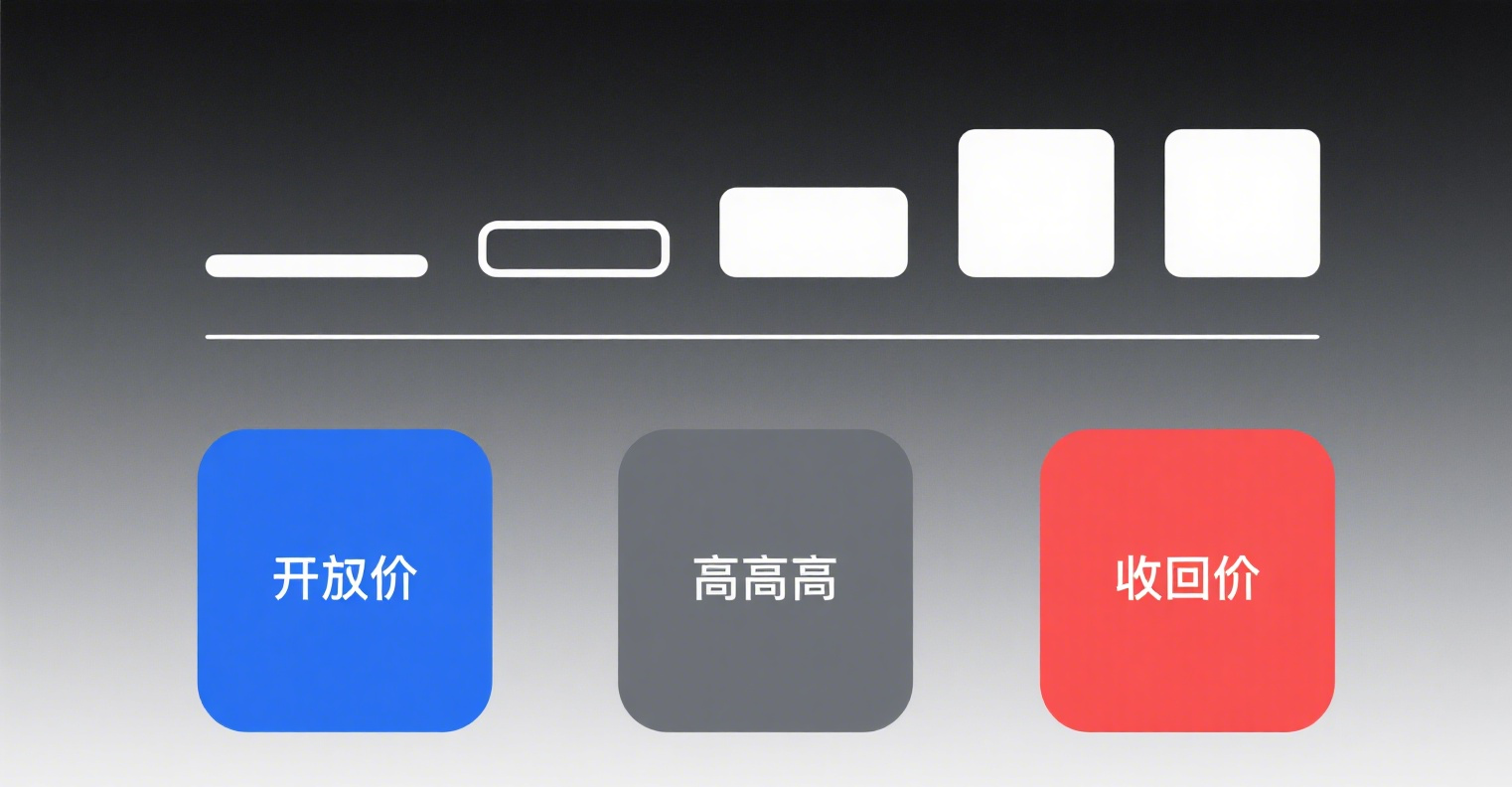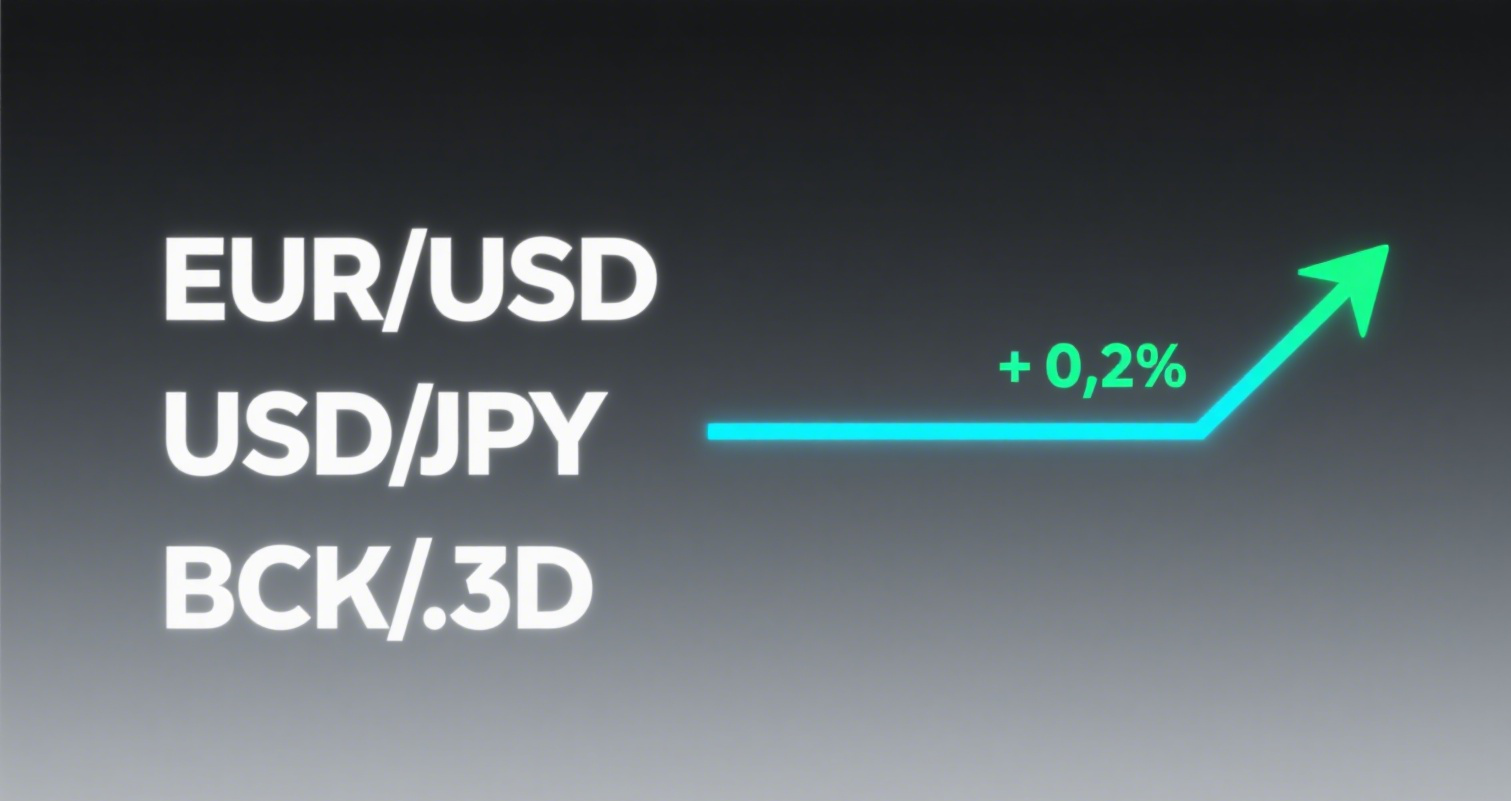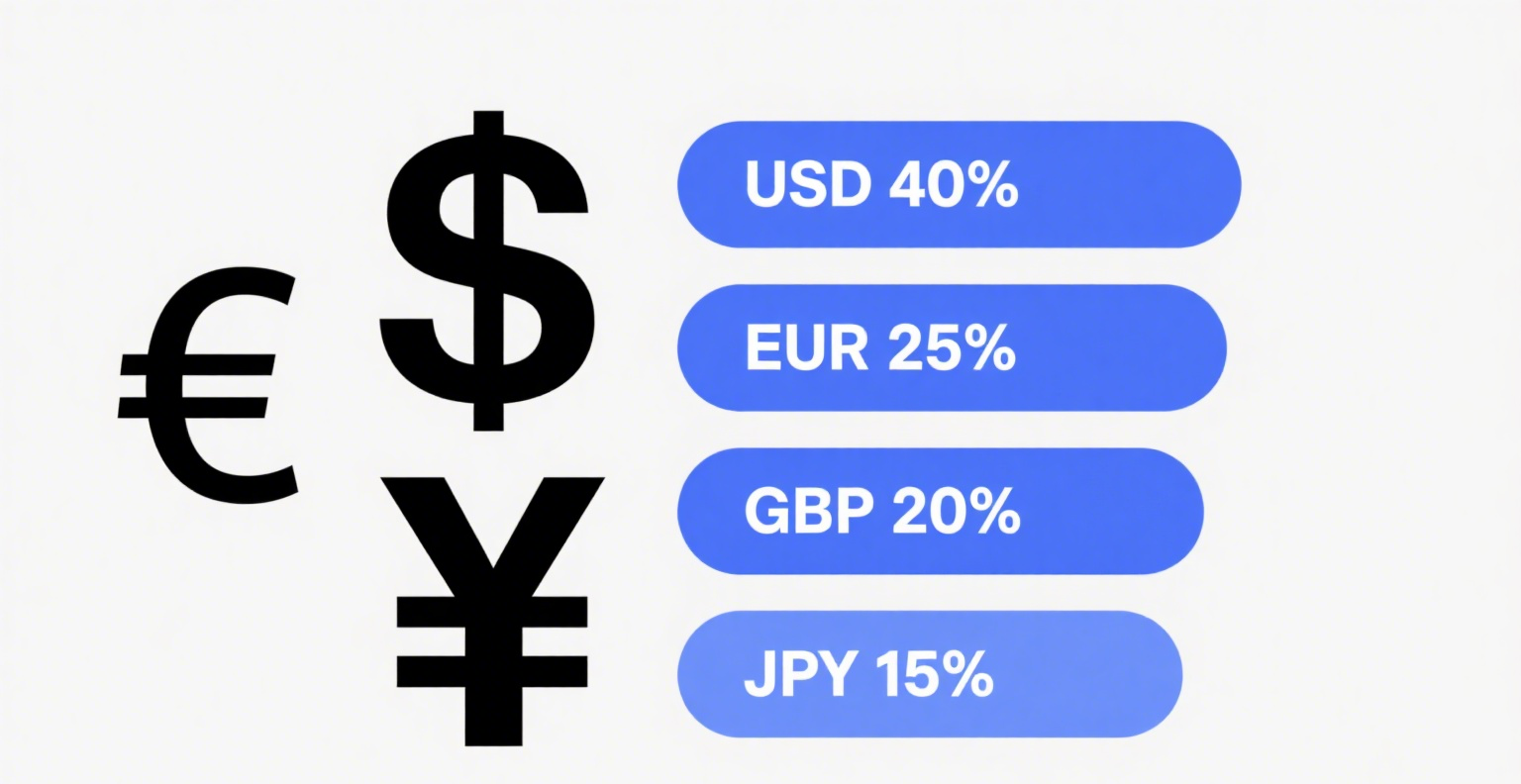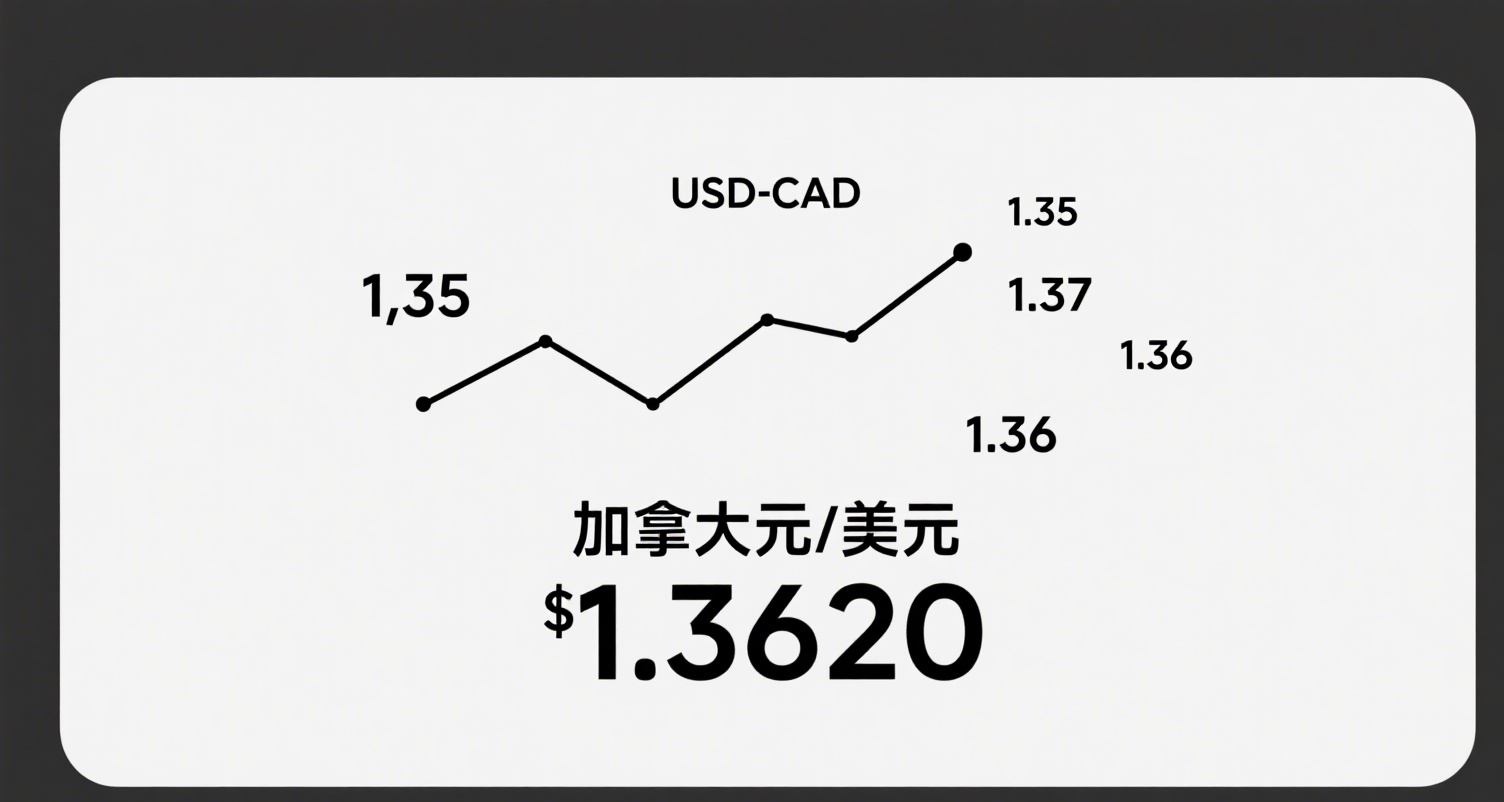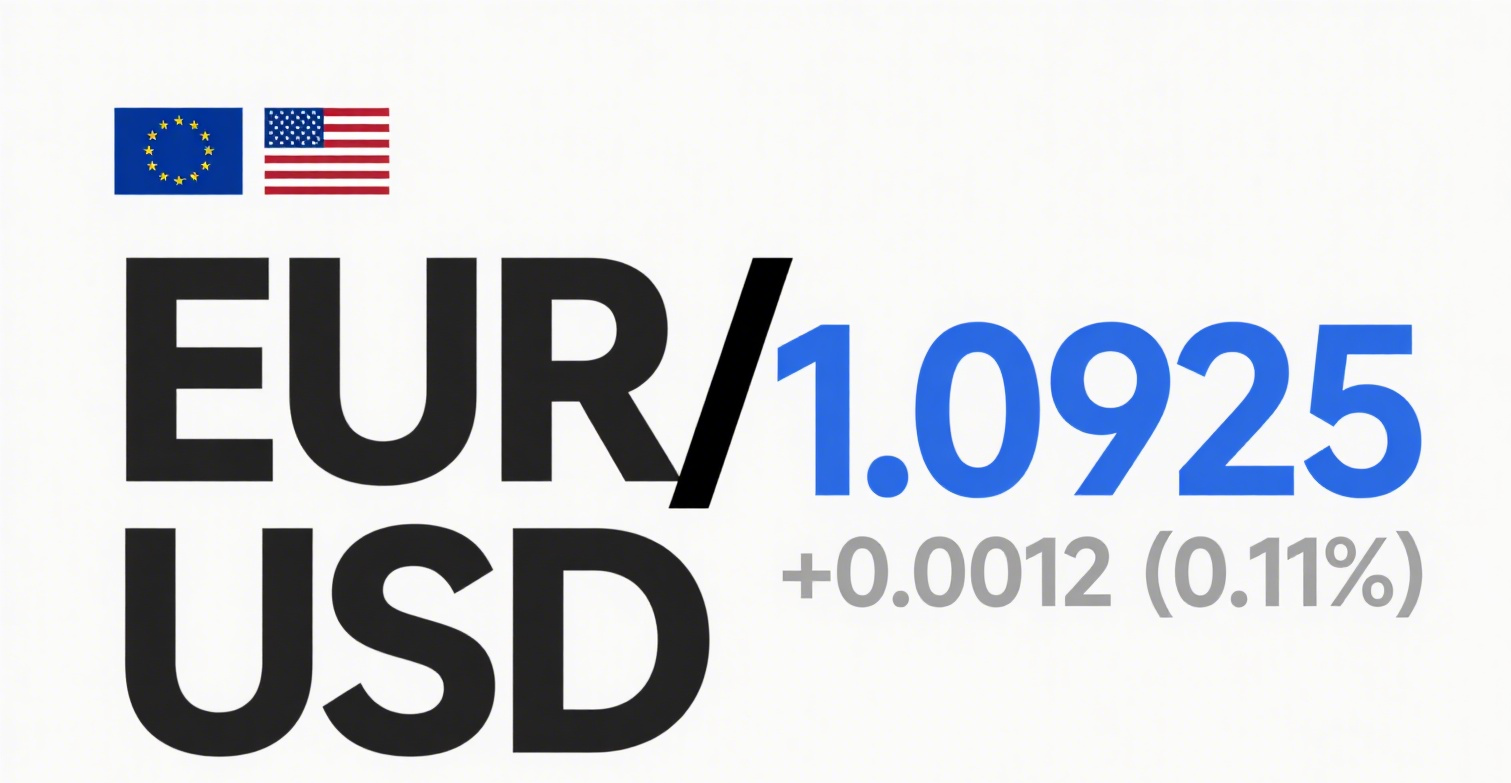
Simply put, sharding technology, like the sidechains, Lightning Network, and Segregated Witness (SegWit) we mentioned earlier, is a technology born to address the efficiency and scalability issues of blockchain. However, its initial goal was not to solve Bitcoin's congestion problem but rather Ethereum's efficiency issues.
Ethereum is a smart contract platform built on blockchain, much like the Android system on our smartphones. Developers can create various decentralized applications (DApps) on it. But due to blockchain's efficiency problems, these decentralized apps struggle to compete with the centralized apps we use daily. To solve this issue, someone proposed introducing the sharding technology from traditional internet into blockchain—thus giving birth to sharding technology in blockchain.
The reason it's called sharding technology lies in its underlying logic of "divide and conquer." Sharding originates from traditional centralized databases, where it's used to improve processing efficiency. A shard is a horizontal partition of the database, with each shard stored on separate servers, thereby distributing the load and significantly enhancing the database's efficiency. Its application principle in blockchain is as follows:
We must understand that blockchain is also a database, but with a chain structure. This chain bears all the functions of the entire system, and every transaction must be processed by all nodes before confirmation. Under this model, processing efficiency naturally remains slow.
Sharding technology aims to divide this chain into smaller regions, each called a shard. Each shard handles specific functions, and nodes are distributed across these shards to process corresponding tasks. This way, during processing, transactions are divided and processed simultaneously across different shards, much like how different departments collaborate. As a result, each node only processes a small portion of the network's transactions, significantly improving the chain's processing efficiency.
However, this introduces a new problem: the security and decentralization of the network may decline. For example, if I wanted to act maliciously in your network, due to the consensus mechanism, I would need to compromise most of the network's nodes. But now, with sharding technology dispersing nodes into smaller regions, I only need to compromise most nodes in one small region.
Therefore, another critical mechanism of sharding technology is random allocation. There is a dedicated component responsible for generating random numbers and assigning nodes to different shards. By randomly distributing nodes, malicious actors find it much harder to identify which nodes are in a small region, drastically increasing the cost of malicious behavior. This way, sharding technology can address efficiency and scalability issues while maintaining security and decentralization.
In summary, although sharding technology is currently one of the mainstream solutions for blockchain's efficiency and scalability problems, its origins in traditional internet databases make it challenging to directly apply to decentralized blockchains. As a result, sharding solutions have yet to be fully implemented since their proposal.
However, given its characteristics, once implemented, this technology could significantly accelerate the large-scale adoption of blockchain. Thus, expectations for it remain high. With its maturation, we hope to see world-class super applications like Facebook and WeChat emerge in the blockchain world.








